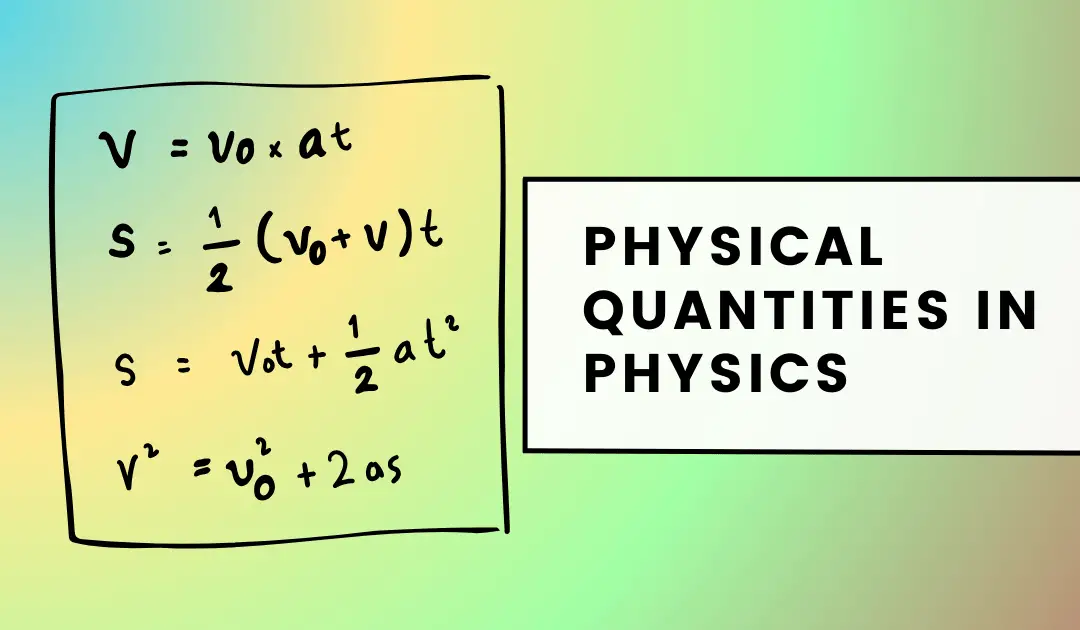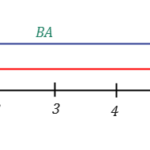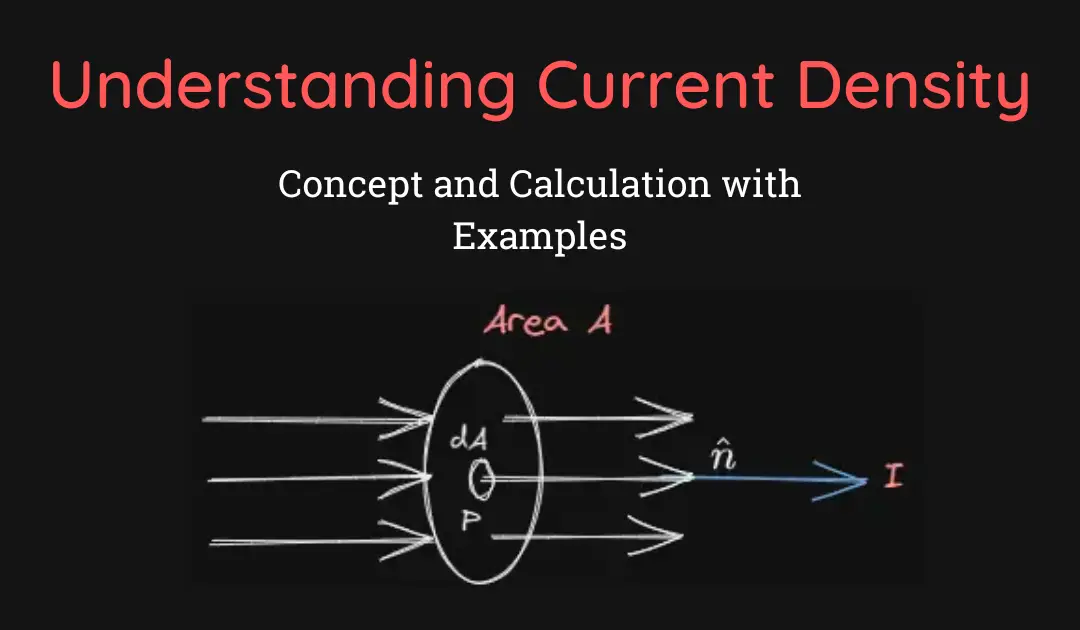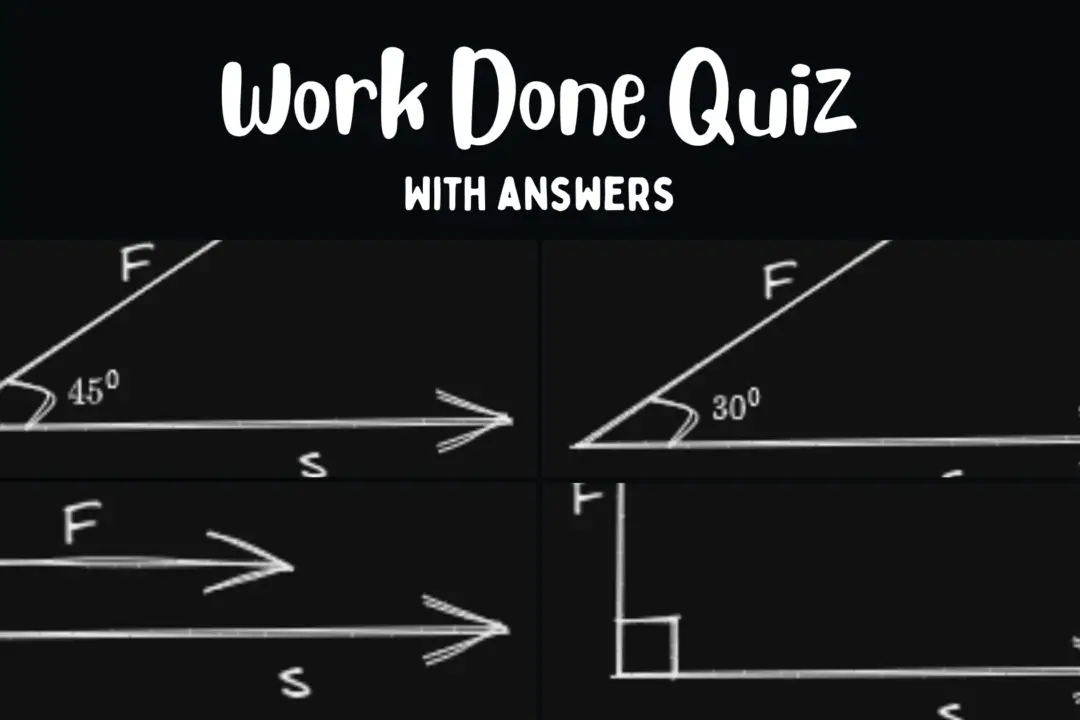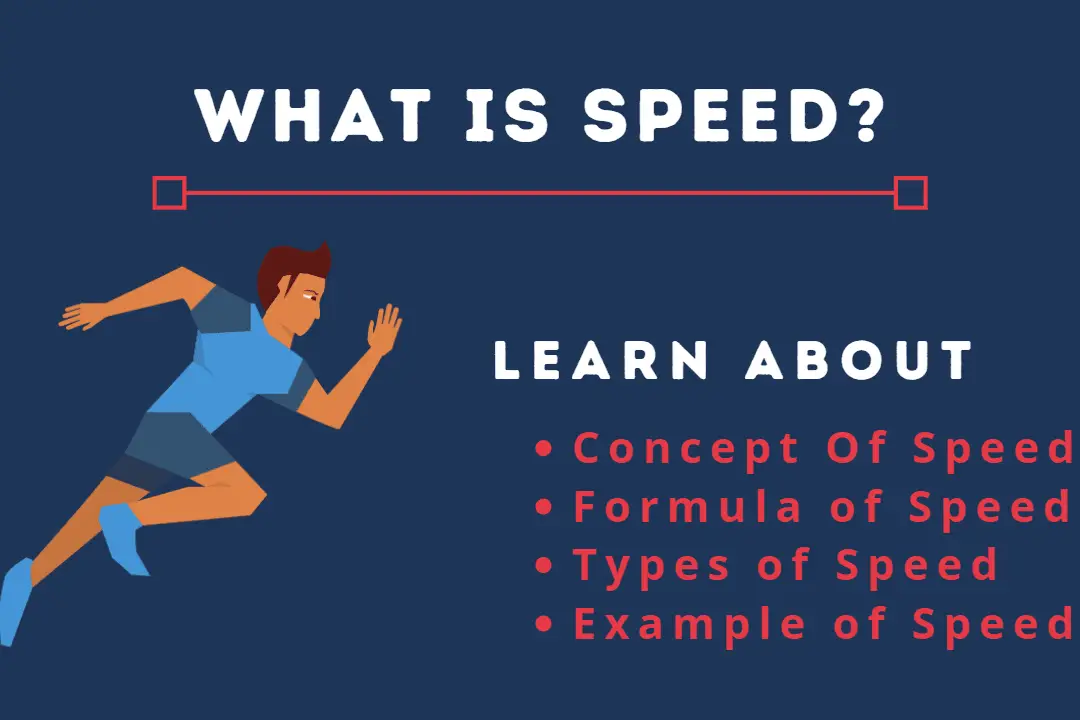Pressure gradient has the same dimension as that of: [PMT/NEET-2004]
a. Velocity gradient
b. Potential gradient
c. Energy gradient
d. None of these
Answer: d. None of these
Explanation:
“Gradient” simply means change in a quantity per unit length (difference divided by distance). So for any physical quantity Q,
dimension of its gradient = (dimension of Q) ÷ (dimension of length $L$)
Pressure gradient
- Pressure $P$: $ [M\,L^{-1}\,T^{-2}] $
- Pressure gradient = $ P/L $
⇒ $ [M\,L^{-1}\,T^{-2}] / [L] = [M\,L^{-2}\,T^{-2}] $
Velocity gradient
- Velocity $v$: $ [L\,T^{-1}] $
- Velocity gradient = $ v/L $
⇒ $ [L\,T^{-1}] / [L] = [T^{-1}] $
Potential gradient
- a) Gravitational potential $V_g$: $ [L^{2}\,T^{-2}] $
⇒ $ V_g/L = [L\,T^{-2}] $ - b) Electric potential $V_e$: $ [M\,L^{2}\,T^{-3}\,I^{-1}] $
⇒ $ V_e/L = [M\,L\,T^{-3}\,I^{-1}] $
Energy gradient
- Energy $E$: $ [M\,L^{2}\,T^{-2}] $
- Energy gradient = $ E/L $
⇒ $ [M\,L\,T^{-2}] $
None of these gradients—$ [T^{-1}] $, $ [L\,T^{-2}] $, $ [M\,L\,T^{-3}\,I^{-1}] $, or $ [M\,L\,T^{-2}] $—matches the pressure-gradient dimension $ [M\,L^{-2}\,T^{-2}] $.
Therefore, the correct choice is “None of these.”

